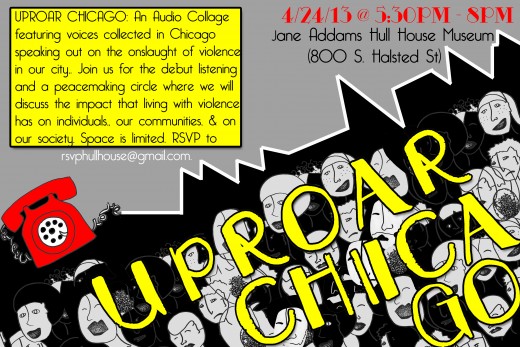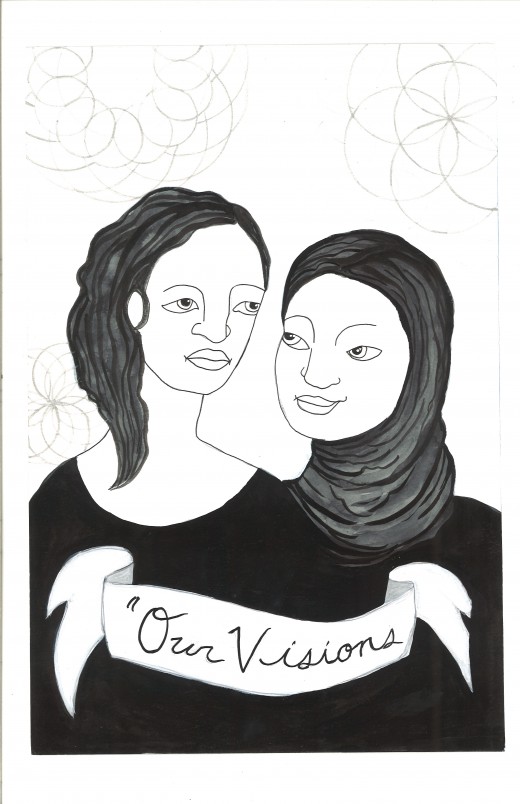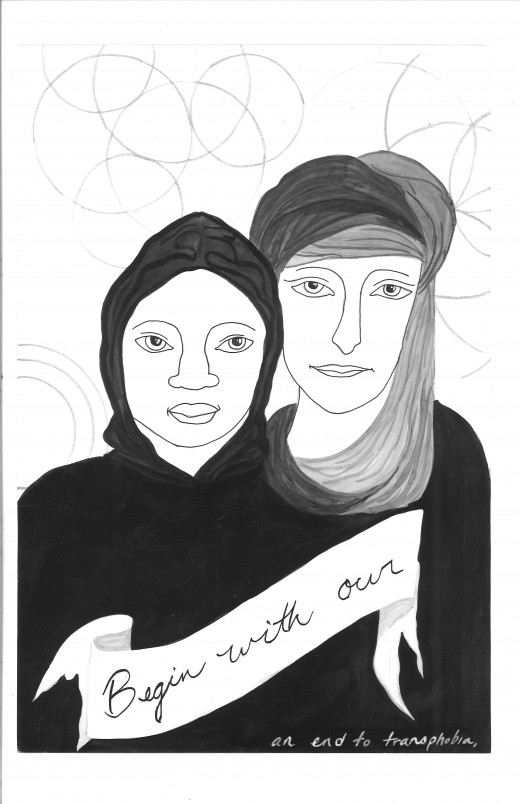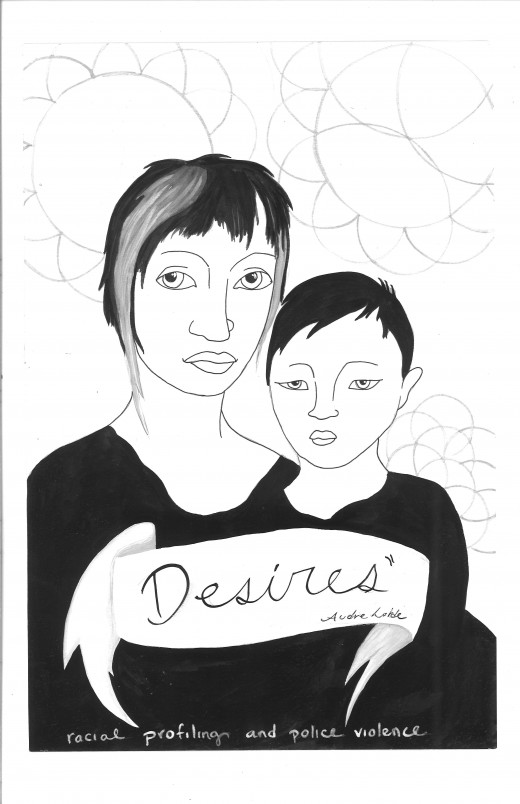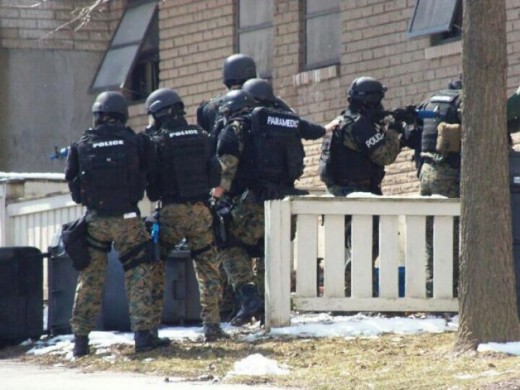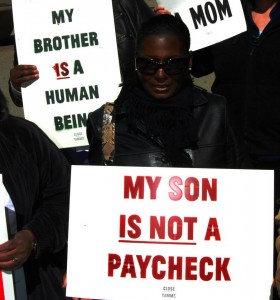
photo by Sam Love – Protesting to Close TAMMS
When the news first broke, I didn’t believe it. Frankly I still don’t. It’s taken me a few weeks to write this post. I am still in a bit of shock.
After years of organizing and struggle in Illinois, TAMMS Supermax is closed. As of last Friday, so too is Dwight Prison. These are tenuous victories to be sure because there are many who continue to believe that prisons must remain a permanent fixture.
There are still some who continue to call for Dwight to remain open citing prison overcrowding. But this is surely not the solution to address overcrowding. Instead the state should develop or expand the use of initiatives such as good time credits or diversion programs. More importantly, we should reduce our prison population while improving public safety by investing in communities to ensure that people do not end up behind bars in the first place.
In communities all across Illinois, women and men are caught in a vicious cycle of arrest, conviction, prison, surveillance and re-arrest, making it nearly impossible to maintain housing, health, jobs, and relationships. Rather than contribute to this tragedy, we must invest in prison alternatives and community-based services, while addressing the root causes of incarceration. We need to rebuild the social infrastructure rather than spend more on a failed prison system. Closing Dwight and other prisons in Illinois will help us to find new resources to invest in these better options.
The shuttering of Dwight follows the closing of two youth prisons: Murphysboro and Joliet. Last month, Vikki Law wrote about the activism that helped lead to the closure of the two youth prisons. Regular readers of this blog know that I have been working for years to close youth prisons in this state. You have read some of my rants over the past couple of years. We finally have our first victories and I have found it difficult to articulate my feelings. I am overcome.
So many people have had a hand in these victories but I want to specifically single out my friends and allies at TAMMS YEAR 10. For over a decade now, this dedicated group of organizers, educators, activists, family and community members has been calling for the closure of the torture chamber formerly known as TAMMS Supermax. They organized direct actions, lobbied legislators, hosted countless workshops, created art, wrote letters and so much more. Most importantly, they were a voice for those who didn’t have a public one: the men who were locked up at TAMMS.
Prison destroys lives. This is a fact. I am thinking today of James who spent time at IYC-Joliet and came out scarred and damaged seemingly beyond repair. I am thinking of another young man who told me that IYC-Joliet was a living hell for him.
There are still about 50,000 adults and nearly 1,000 youth locked up in prisons across Illinois. I know that closing four prisons is only one part of a long struggle to decarcerate Illinois. All of the people who are still locked up today in prisons need our advocacy. We must and will continue to press for their freedom. We have some encouragement in our work. We know that it is possible to close prisons in Illinois. We must build on these victories and remain in the fight for the long haul. One of my favorite poets, Gwendolyn Brooks, is someone I always turn to when words fail me. So today I rely once more on her wise words:
Say to them,
say to the down-keepers,
the sun-slappers,
the self-soilers,
the harmony-hushers,
“Even if you are not ready for day
it cannot always be night.”
You will be right.
For that is the hard home-run.
Live not for the battles won.
Live not for the end-of-the-song.
Live in the along.
“Speech to the Young, Speech to the Progress-Toward (Among Them Nora and Henry III)”
by Gwendolyn Brooks
La Lucha Continua! La Lucha Continua!
